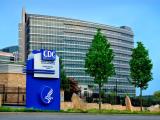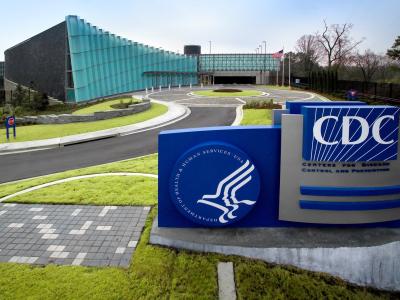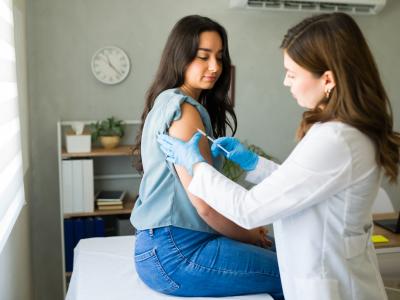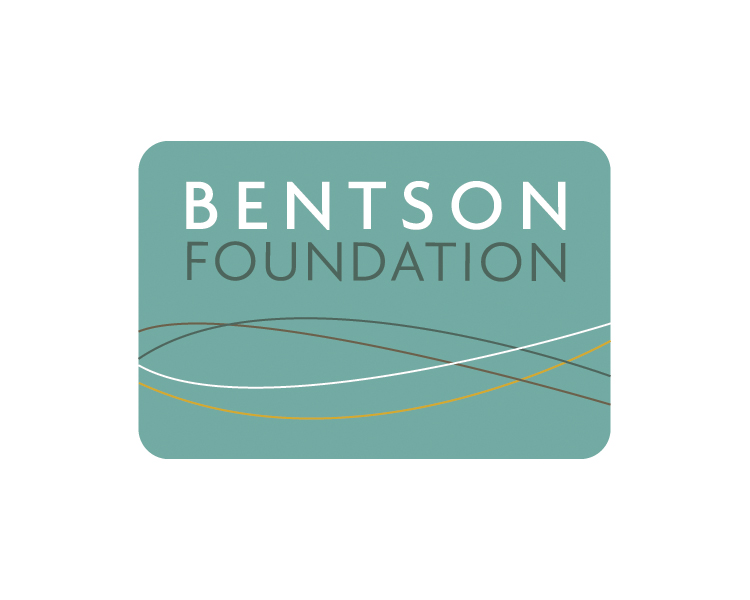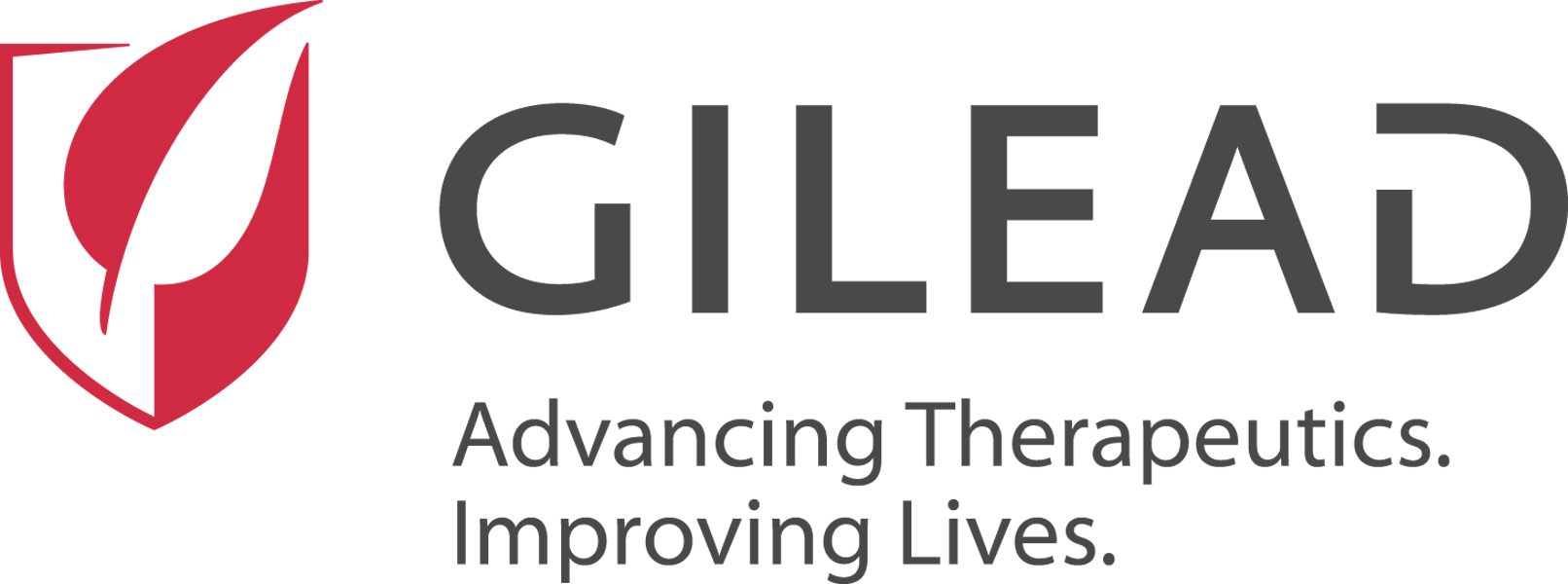Earlier this week in The Lancet Regional Health - Western Pacific, Australian researchers identified a link between common sexually transmitted infections (STIs) during pregnancy and a higher risk of significant birth complications such as preterm birth, stillbirth, and babies born small for gestational age.
Many of these infections are common, preventable and treatable.
“Current STI screenings happen early in pregnancy, but we need additional checks later in pregnancy, especially in high-risk areas,” said study author Jennifer Dunne, PhD, in a press release from Curtin University. “Many of these infections are common, preventable and treatable - we just need to be able to catch them in time to treat them as early as possible.”
The study was based on data collected from almost 60,000 singleton births from 2005 to 2020 in Australia’s Northern Territory, and maternal infectious disease notifications of four STIs: chlamydia, gonorrhea, trichomoniasis, and syphilis.
Among the 59,465 births, there were 1,538 incidents of chlamydia, 828 incidents of gonorrhea, 2,366 incidents of trichomoniasis, and 109 of syphilis. Fifty-one babies were born with congenital chlamydia, and 23 were born with congenital syphilis (0.04% [95% CI: 0.02 to 0.06%]); congenital gonorrhea was suppressed due to low incident rates (<20 cases).
Congenital syphilis had had a positive association with preterm birth (risk ratio [RR], 3.34; 95% confidence interval [CI], 1.80 to 6.17). Syphilis was also associated with increased risk of being small for gestational age (RR, 2.22; 95% CI, 1.34 to 3.67)
Small-for-gestational age was also associated with maternal chlamydia (RR, 1.86; 95% CI, 1.54 to 2.24), maternal gonorrhoea (RR, 1.76; 95% CI, 1.46 to 2.12), and maternal trichomoniasis (RR, 1.10; 95% CI, 1.01 to 1.20), the authors found.
Gonorrhoea doubles risk of stillbirth
Associations were also observed between gonorrhea and stillbirth (RR, 1.97; 95% CI ,1.19 to 3.27) and trichomoniasis and preterm birth (RR, 1.23; 95% CI, 1.09 to 1.39).
Australia's Northern Territory has the highest STI rates in the nation, and more individuals living in remote and regional areas. Thirty-five percent of the babies were born to mothers who identified as Aboriginal or Torres Strait Islander.
“The persistent associations observed in our study, despite routine screening protocols, likely reflect a complex interplay of biological pathogenic mechanisms and structural healthcare barriers,” the authors concluded.








